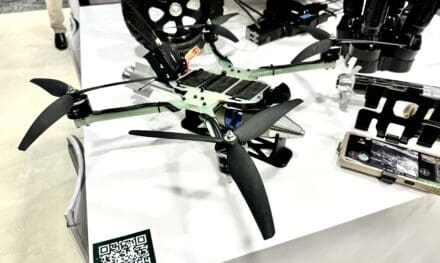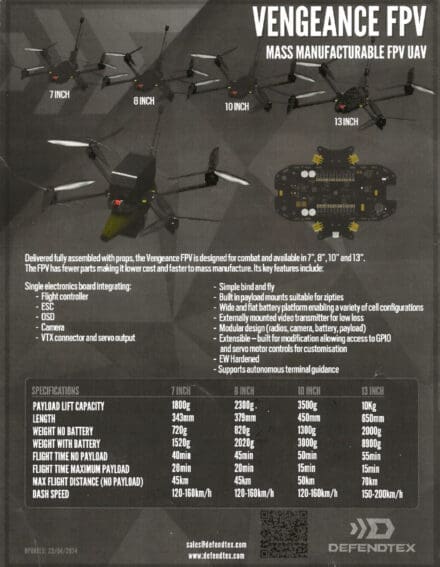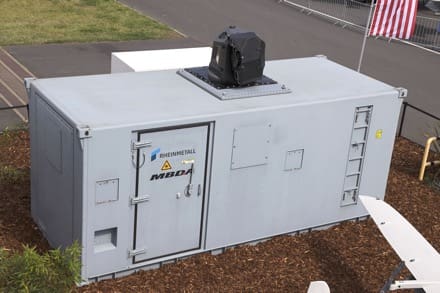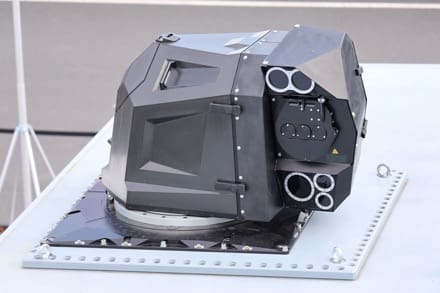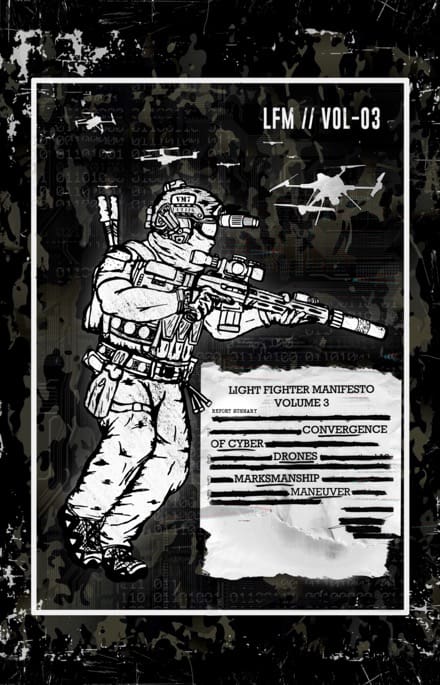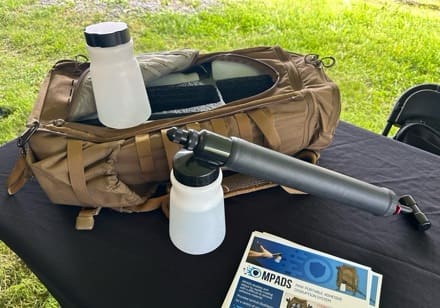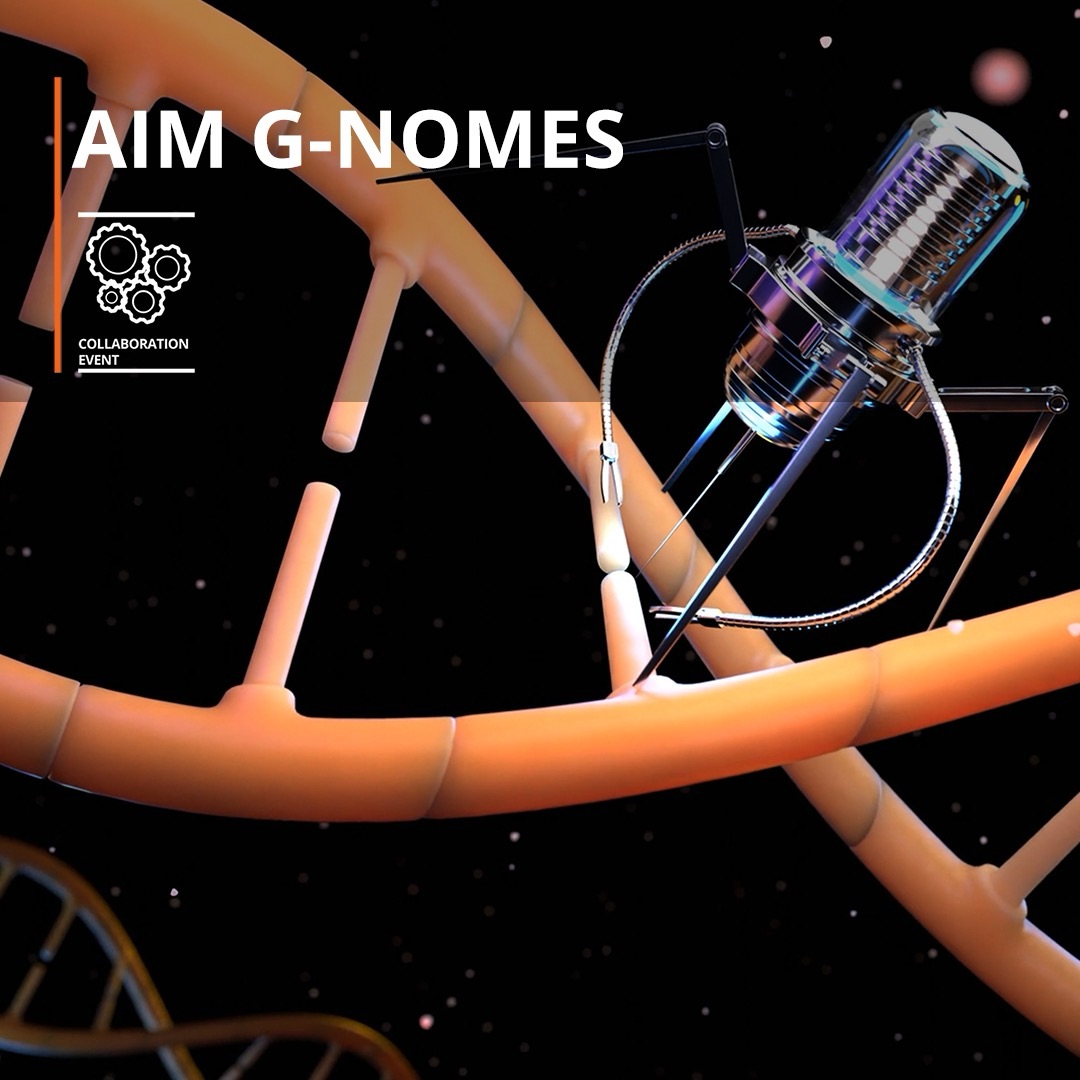London, 23 August 2023
Technologies that will reshape the defence manufacturing industry and equip armed forces for years to come will be on display at this year’s Defence and Security Equipment International (DSEI) event.
Held on the 12th-15th September at ExCeL in London, the event will showcase the latest advances in defence manufacturing with an extensive range of agile approaches including additive manufacturing (AM), Internet of Things (IoT) technology and digital design tools.
The manufacturing industry and the defence sector have traditionally been closely aligned, with advances in manufacturing technologies often propelling the evolution of military capabilities and vice versa. Today, this dynamic remains unchanged, as disruptive solutions are expected to significantly alter the defence industry, reducing the cost of the production of tools and parts, enabling faster delivery and crucially, bolstering supply chain resilience.
Speaking on the event Grant Burgham, DSEI Director, commented:
“At DSEI this year, our manufacturing exhibitors are expected to take centre stage, reflecting a 200% surge in their representation – a testament to the vital role the manufacturing sector will play in fostering an integrated force.
“The defence industry champions UK manufacturing and exports, while recognising its significant impact on job creation and supply chain resilience. With exhibitors not limited to the defence and security sectors we’re looking forward to welcoming companies and organisations such as DMG Mori, Böllhoff, G&H Aerospace and Defence, Helix among many others.”
Sponsoring DSEI’s Manufacturing Hub is the High Value Manufacturing (HVM) Catapult, a strategic research and innovation hub for industry, commercialising the UK’s most advanced manufacturing ideas. Established and supported by Innovate UK, HVM Catapult provides manufacturers access to world-class research, development facilities and expertise that would otherwise be out of reach.
A central focus of DSEI this year will be the disruptive capabilities of AM, which has demonstrated its remarkable ability to revolutionise the defence industry’s approach to designing, creating, and maintaining critical infrastructure and equipment. Embracing the flexibility of rapid prototyping, AM opens opportunities to alleviate supply chain burdens, enhance design agility, and streamline operational readiness.
Within the Manufacturing Hub, two HVM Catapult centres, the Manufacturing Technology Centre (MTC) and University of Sheffield Advanced Manufacturing Research Centre (AMRC) will be demonstrating their capabilities.
The MTC will be displaying components which demonstrate the breadth of its AM capability and other technologies that can help the sector improve frontline equipment availability. The AMRC will showcase its ‘MediTel’ robot, a remotely operated robotic system designed to provide medical triage to patients on the battlefield using virtual reality (VR) technology.
Visitors to the stand will also understand how HVM Catapult plays a crucial role in providing industry-leading training and is developing long-term strategies to futureproof the UK workforce.
Katherine Bennett CBE, HVM Catapult chief executive, said:
“We are delighted to be exhibiting at DSEI in 2023, where visitors will be able to see our centres’ capabilities and our combined impact in the defence sector, harnessing the talents of our 3,500 staff and with the backing of Innovate UK.
“In the Manufacturing Hub we will be demonstrating how HVM Catapult engineers are leaders in harnessing manufacturing data, how we are enabling faster delivery through developing supply chain resilience, how our industry-leading training is futureproofing workforces, and how we can become the defence sector’s agile manufacturing technology partner.”


